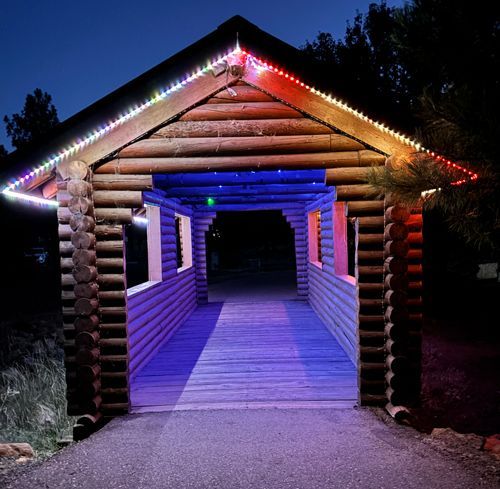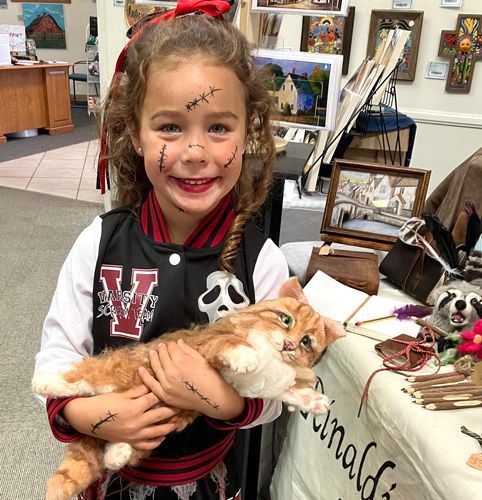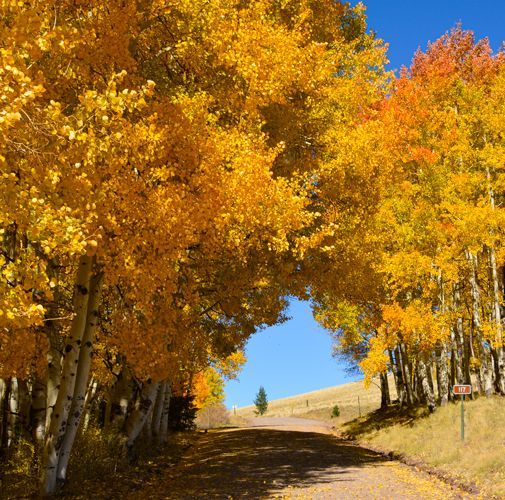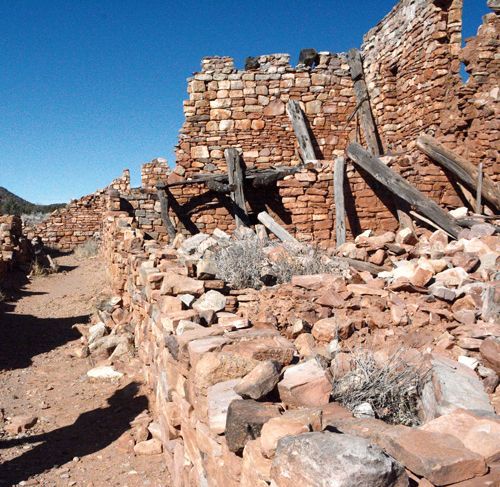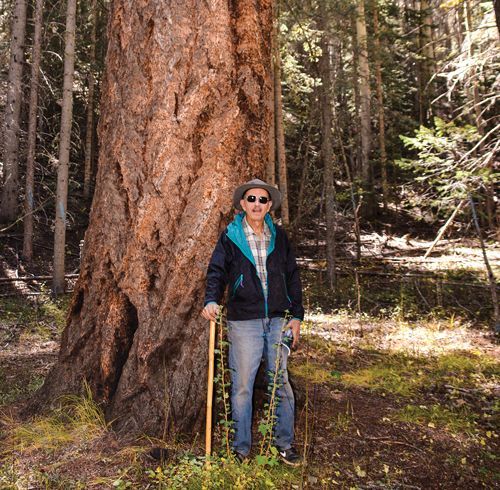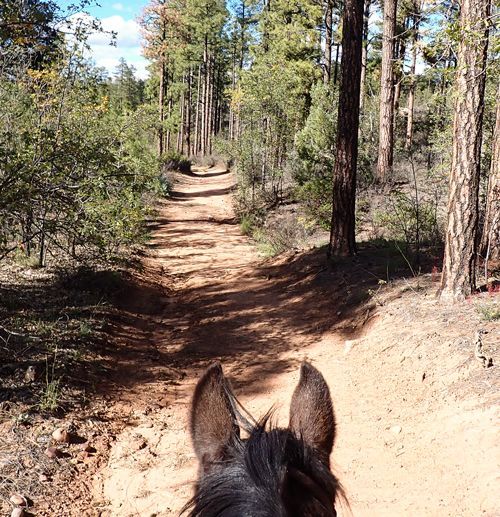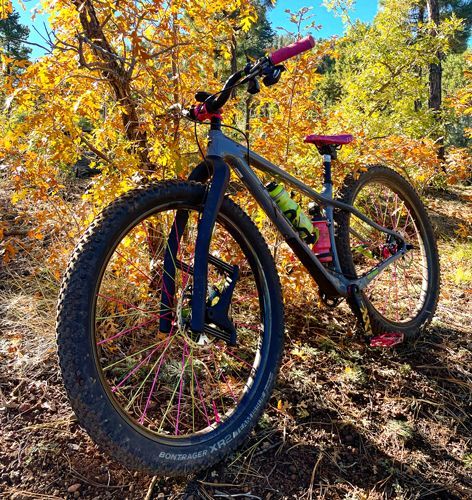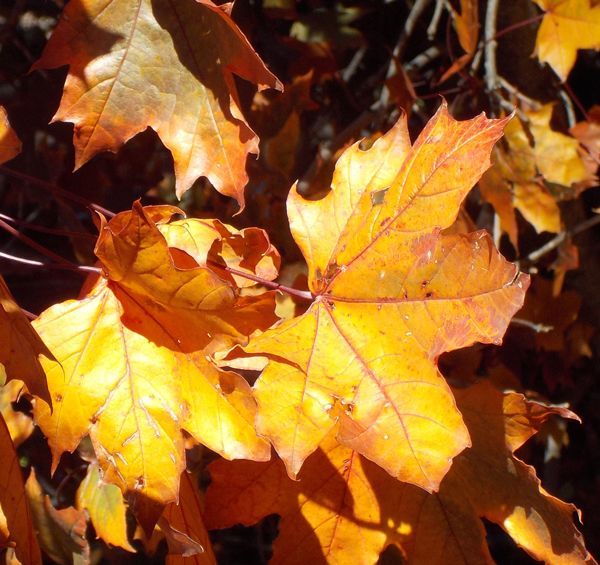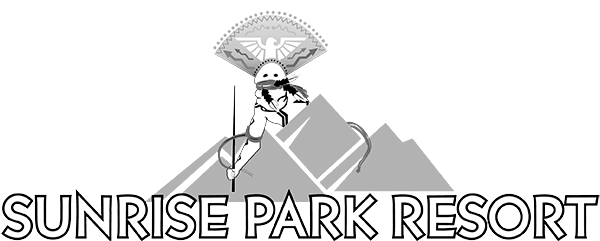Roger Naylor is the "Arizona Guy"

By Anne Groebner
Roger Naylor fell in love with Arizona the moment he stepped off the tiny plane in Flagstaff. It was 1975 and he came here to attend Northern Arizona University. The first year of school he made the Dean’s list, but by the second semester, he was put on academic probation. He had discovered Arizona and started “rambling” across the great state. By the end of the first year, he had dropped out and begun his illustrious career as a rambler — today he is still rambling, but now he is well known as the “Arizona Guy.” His books about the state, its trails, state parks, national parks, national monuments, historic and scenic highways and local cuisine are by far the most “go-to” books in the state, if not the country.
Naylor was a voracious reader as a kid. When he was around 12 years old, he picked up a book of Mark Twain essays and he was stunned. Twain helped him think in different perspectives, see the world differently. It was a powerful turning point, and it directed his life from that point on. He wanted to make people feel something with his words; he knew right then he wanted to be a writer. Later, when he fell in love with Arizona, he knew that this place was not only where he wanted to live, but that it was what he wanted to write about.
As a young man, he would stay in Arizona until he ran out of money, and then he would travel back to his hometown in Cincinnati, where he maintained a small landscaping business. He would mow lawns, trim bushes and plant flowers until he had enough money saved up, and then head back to Arizona. He would “crash” around the desert state until he needed more money and then repeat the cycle.
Naylor was a writer in Cincinnati before he ventured out to Arizona. He wrote for newspapers, magazines and radio. When he and his wife, Michele, got married 38 years ago, they honeymooned in Arizona and decided they both wanted to live here full-time. He started writing for different media and eventually started freelancing, which wasn’t always easy.
Before there was Internet, if you had a story idea, you had to mail it to a publisher, and sometimes they would answer you, and sometime they wouldn’t, so it wasn’t a very productive time in the beginning. Once the Internet took hold, and he could start emailing queries and/or stories, things got a lot easier for him. He’s been a freelance writer now for over 30 years. He was writing humor, pop culture, and politics for newspapers and magazines all over the country, but once he started rambling more around Arizona, Arizona was what he wanted to write about. Arizona is what he loves.
So he pitched some ideas to Arizona Highways Magazine and they bought them. He started writing cover stories for them, followed by writing for the Arizona Republic Newspaper and Arizona Visitor Guides. Books came next. He carved out a niche for himself as the “Arizona Guy” and he has been a full-time travel writer for over 20 years.
“That’s what trails do, they bring the community together. Trails make it possible to get out into that open space and connect with your neighbors.”
— Roger Naylor
Naylor hikes constantly. His favorite hiking spot is the Chiricahua National Monument. He fell in love with the Chiricahua’s right away. It is his go-to spot, one that he visits over and over again. He loves hiking “the twisting trails through the wonderland of rocks there.” Obviously, he always hikes the Grand Canyon (“It’s always spectacular”), and he does a lot of hiking where people wouldn’t think there would be trails. (“There are trails everywhere in Arizona!”) Kingman also has a great system of little trails just outside of town (“They’re really lovely.”) He hikes the west coast around Havasu City, where they have a great slot canyon (“Really nice trails that combine beaches, water and desert.”) He loves all of that. In Page, they have some wonderful slick-rock hiking with water overlooks. That “you can find wonderful hiking all over the state” is one of the joys that he’s had as he’s traveled all these years.
“The White Mountains has a great combination of trails,” he says. He loves both the East and West Baldy. He was particularly impressed by the Thompson Trail, and says it is probably his single favorite. ”It knocked me out the first time I hiked it — the combination of the little flowing river and forest,” he divulged. “It just doesn’t feel like a place that most people would envision being in Arizona.” The trail that really charmed him was the Show Low Bluffs Trail. A paved trail, that ascends the bluff where you overlook the creek and the big meadow. He appreciates those community-type trails. Last time he was there, he stood on the bluff watching mothers with strollers, little kids wandering around, people fishing, some old folks stopping to chat, and someone taking photos of flowers.“That’s what trails do; they bring the community together,” he says. “Trails make it possible to get out into that open space and connect with your neighbors.”
On June 14, 2025, Roger Naylor will once again talk to us at the White Mountain Nature Center. This time, it will be about his new book, Arizona’s National Parks and Monuments. It’s become an even more important book and talk in recent months because of the direction the current federal administration is going with the cutbacks of the workforce. Many National Park employees have been laid off or fired. The parks are really being hit hard with funding cutbacks in effect, and it’s starting to show. Visitors are experiencing long lines at the Grand Canyon, and Saguaro National Park has had to close their visitor center on Mondays. There are fewer tours because the staff isn’t as available as before the cuts.
Everything Naylor writes is all about his love affair with this remarkable state--the state that saved his life so long ago — and he just wants people to explore these wonders that are here in our backyard.
“Our parks are our crown jewels, important places not just for out-of-state visitors, but they are here in our backyard! It’s really important for people to know what they can do to help keep them safe — protect and support them.” — Roger Naylor
I’m not touring the country encouraging people to move to Arizona, I’m just touring Arizona encouraging all of us to say “Hey, don’t forget about this place and don’t miss this.” The White Mountains are beautiful, but you don’t want to miss a super bloom in the desert, visit the Grand Canyon whenever you can. Just enjoy all the diversity that we have. There is no state that can match us for the combination of scenery and diversity. We can change our seasons, we can change our climate, we can change our scenery with just an hour’s drive, There’s no place in this state that is inaccessible.
Who has that kind of remarkable diversity? It’s just a gift that we need to cherish, and that’s what all of my talks are about, that’s what all of my books are about. Appreciate and enjoy the wonders that are waiting outside our back door. Arizona is especially vulnerable because such a high percentage of our lands are federally owned: National Forests, National Parks, National Monuments — 34 National Park units, including national historic trails, national historic sites, national recreation areas like Mead and Glen Canyon. We have a national memorial, the Arizona Trail is a National Scenic Trail. We have a lot of different designations, but they are all really important places that preserve scenic beauty and cultural treasures, a lot of our history, and we don’t want to lose any of it. It’s a quality-of-life issue. It makes such a huge difference to have access to not just some little bit of green space but an actual sense of wilderness where you can disappear for a while. You can walk out on a trail — you might be close to town — but a hundred yards down the trail you don’t see a soul. You have the woods to yourself. To be able to do that in a matter of minutes is a rare and wonderful thing, and it’s available to the people down in the Phoenix area and Tucson area, as well. Everyone In Arizona lives within 15 minutes of a trail. Even in the Valleys with their massive populations, people have access to open spaces and wild country. It changes who you are as a person being able to be outdoors and experience nature on a regular bases.
— Roger Naylor

